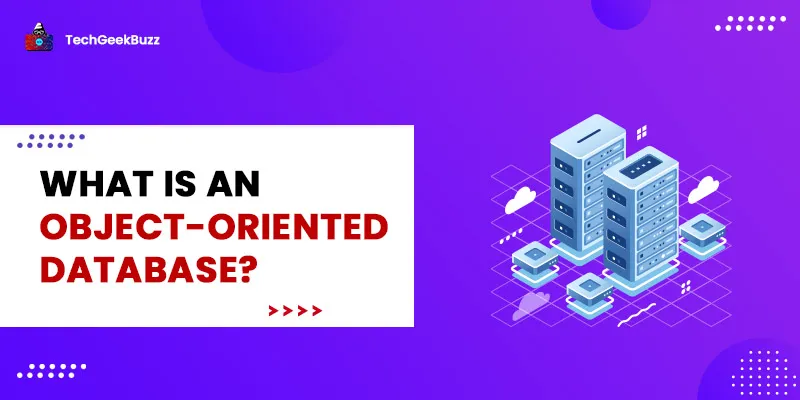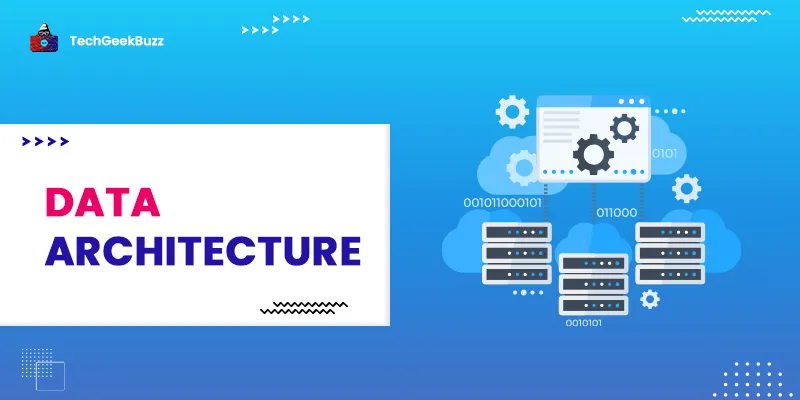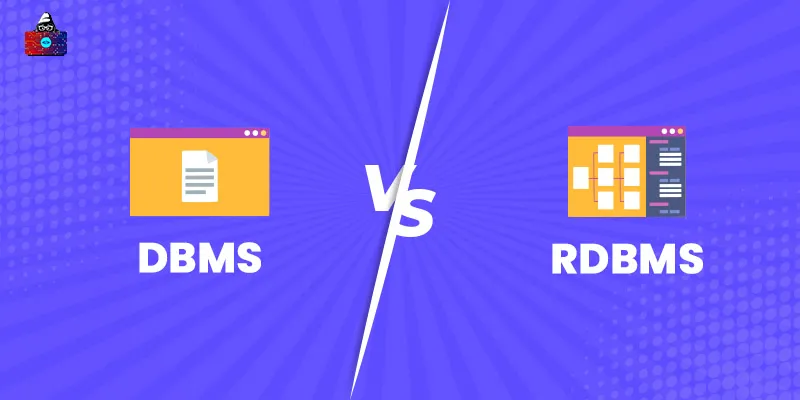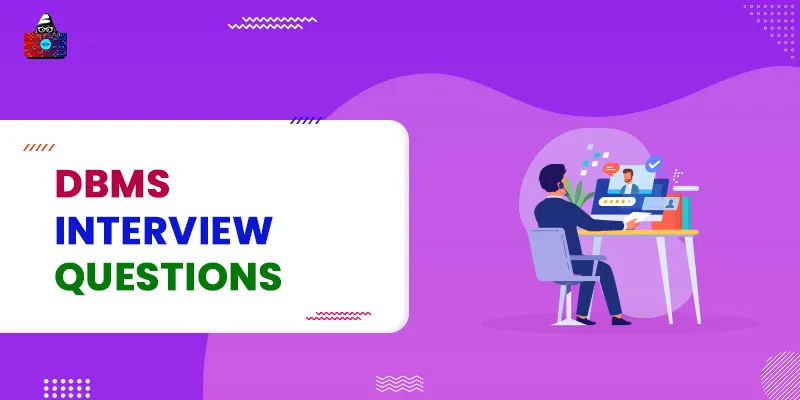A digital database is a collection of organized data held in a computer data bank. A database is designed in such a way that makes it easy for the user to access the data. It follows a specific data structure that decides how the data is stored in a database.
To connect and interact with the database, users have to perform queries that are simple commands to retrieve, create, update and delete data within the database. And to perform queries on a database, we require a tool known as a database management system.
There are various types of database models out there, and the database models define how the data will be represented in the database. Some of the most popular database models are:
- Relational database
- Object-oriented database (OODB)
- Network model database
- Hierarchical database
Here in this article, we will only be discussing the OODB database. Also, you will be learning all the concepts of OODBs, the query language used by them, their architecture, and much more.
What is an Object-Oriented Database?
OODBs follow the same principle as that object-oriented programming, such as object identity, polymorphism, and encapsulation. In this database, the data is stored in the form of objects using the concepts of classes and objects.
An object can be identified as a real-world entity, and a class as a collection of objects. For example, if we want to store a record of a new employee in a Company Employees database , then a new object of the employee will be created, and then it will be stored in the database. The object will contain all the information about the new employee, and it can be accessed through any OODB.
Not all applications use object-oriented databases because these specialize in dealing with complex data structures. And most applications prefer to make simple and straightforward databases such as relational databases.
But object-oriented databases can perform complex calculations and provide faster results as compared to relational databases. That’s why many sectors, such as 3D modeling architecture, telecommunication, scientific products, astronomical products, and molecular science, use object-oriented databases.
Object-Oriented Database Architecture
There are two categories of object-oriented database architecture:
- Object-oriented database or standalone object-oriented database.
- Object-relational database.
1) Object-oriented database
The object-oriented database or standalone object-oriented database stores data in the form of objects using the object data model. And when object-oriented programming creates a data object, it can be directly stored in the OODB without needing any conversion or mapping.
In an object-oriented programming language, we mainly use classes and objects to deal with data, and an OODB acts as a perfect database to store data created by a program’s classes and objects. This is also one of the main reasons why the object-oriented database is much faster than the relational database.
2) Object-relational database
In an object-relational database, the object data is mapped to the relational database. Here the OODB represents a staging layer for a relational database. A program or application generally uses object data, and it is not possible to directly save the same to the relational database, so we require an object-relational DBMS that converts or maps the object database to the relational database.
What is Object Query Language (OQL)?
To handle the database, we require an application programming interface or query language. Different database models have different query languages, for example, the relational database has Structured Query Language (SQL), and the object-oriented database has Object Query Language . OQL is similar to SQL, but instead of the table, we have objects and classes in OQL. Select query in QQL:
SELECT emp.name
FROM employee emp
WHERE emp.state ="New Delhi"
Here emp is an object of the class employee.
Advantages of OODB
- It can manage large and complex data.
- OODB is compatible with all high-level programming languages.
- It is much faster than a relational database.
- Using relational data in a program that is stored in the form of rows and columns requires more loading process and memory storage, but object data can be used directly.
- RDBMS uses an API object-relational mapping (ORM) to build its database schema using object code, but an OODB can do this without using any interface.
Disadvantages OODB
- It is not much in use, like relational databases.
- Not many programming languages support OODB.
- It does not have a huge community.
- It also has a very high learning curve, which makes it very difficult for a developer to use this database.
Conclusion
The concept of the object-oriented database came into existence in 1985, but it could never overcome the popularity of relational databases among database administrators and developers. There is no doubt that it is one of the fastest databases we have, but its complex structure makes it a poor choice for simple database requirements.
Also, not all developers deal with complex 3D data, so they don’t find any use for OODB in their projects in most cases. Nonetheless, when it comes to performance, object-oriented databases outshine relational databases.
People are also reading:




